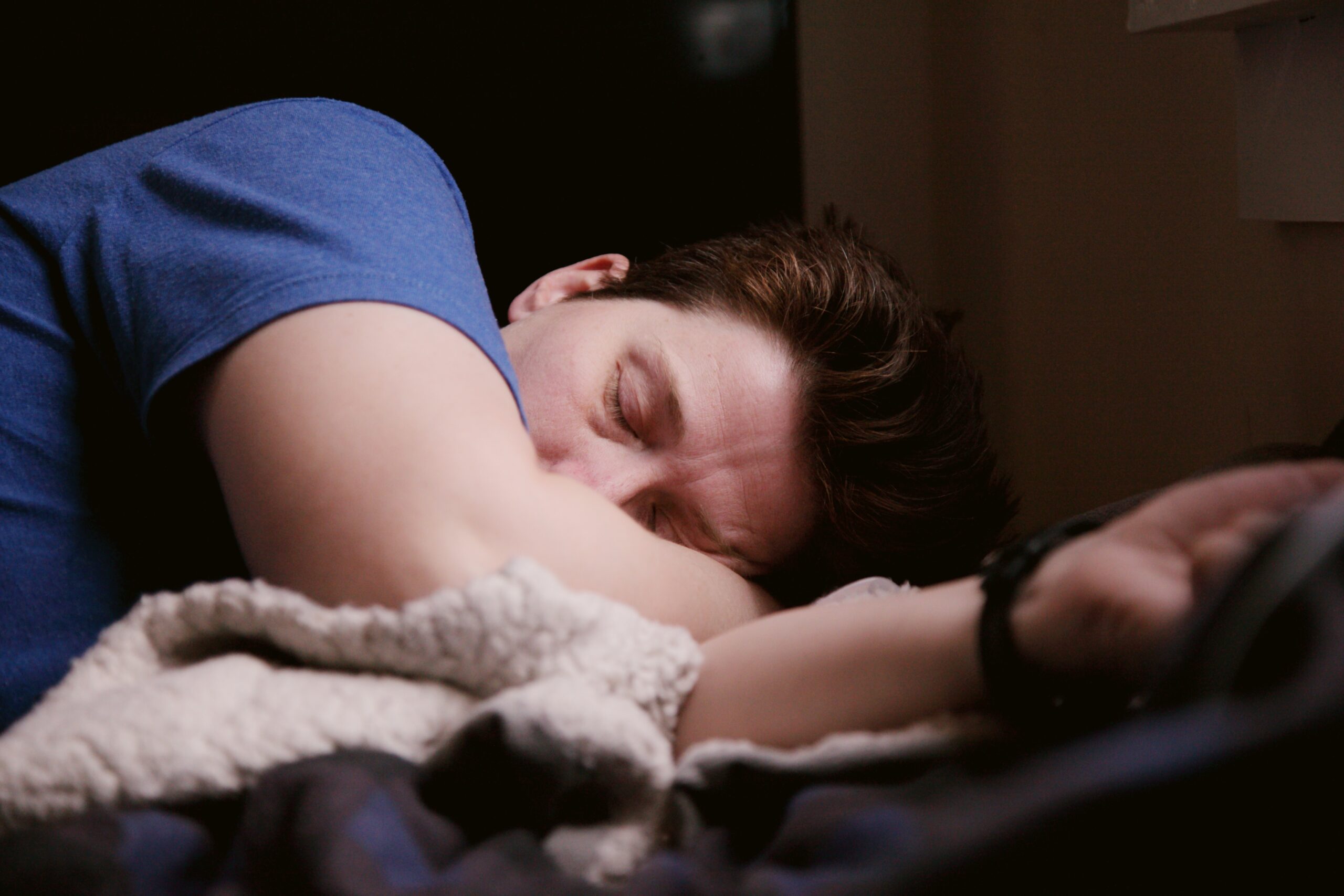Wound Care: How Sleeping Positions Impact Pressure Injuries

Pressure injuries, commonly known as bedsores or pressure ulcers, are a significant concern for individuals with mobility issues, particularly in Southwest Louisiana communities such as Lake Charles. These injuries are not just uncomfortable – they can lead to severe complications if not addressed. One often-overlooked factor that plays a role in the development of pressure injuries is one’s sleeping position.
Understanding Pressure Injuries: A Glimpse at the Stats
In Southwest Louisiana, hospitals and care facilities consistently emphasize the importance of proactive wound care management. According to local health data from Lake Charles, there has been a noted prevalence of pressure injuries, particularly among the elderly and those with prolonged hospital stays. These statistics underline the necessity for awareness and preventive measures.
How Do Sleeping Positions Affect Pressure Injuries?
When the body remains in one position for extended periods, it exerts pressure on specific areas, such as the heels, hips, and tailbone. Over time, this pressure can reduce blood flow, leading to tissue damage and the formation of pressure injuries.
The Ideal Sleeping Positions
- Back Sleeping: If you sleep on your back, use pillows beneath your calves and ankles. This not only alleviates pressure from the heels but also promotes better circulation.
- Side Sleeping: For those who prefer sleeping on their side, it’s crucial to alternate sides throughout the night. Use a pillow between the knees to prevent pressure on the hip joints and bony prominences.
- Avoid Stomach Sleeping: Sleeping on your stomach can strain the neck and place undue pressure on the face and chest. If you must sleep in this position, use a thin pillow or no pillow.
Tips to Prevent Pressure Injuries:
- Regularly Change Positions: Whether in bed or a chair, shifting your position every 1-2 hours can prevent prolonged pressure on one area.
- Use Supportive Devices: Mattress toppers, specialized cushions, and pressure-relieving mattresses can distribute weight evenly, reducing the risk of pressure injuries.
- Stay Active: If you’re able, try to engage in light exercises or stretches to promote blood flow.
- Maintain Skin Health: Keeping your skin clean, dry, and moisturized is vital. Additionally, ensure your bedding is free from wrinkles, as creases can increase friction.
- Stay Nourished: Proper nutrition and hydration are critical for skin health and recovery. Ensure you’re consuming a balanced diet with plenty of protein, vitamins, and minerals.
In Conclusion:
Pressure injuries are a significant health concern, but with awareness and proactive measures, they can be prevented. In Lake Charles and the broader Southwest Louisiana community, it’s vital to prioritize wound care and understand the role that simple measures, like adjusting sleeping positions, can play in maintaining skin health. If you or a loved one are at risk, consider seeking guidance from healthcare professionals on optimal wound care practices. Remember, prevention is always better than cure.
